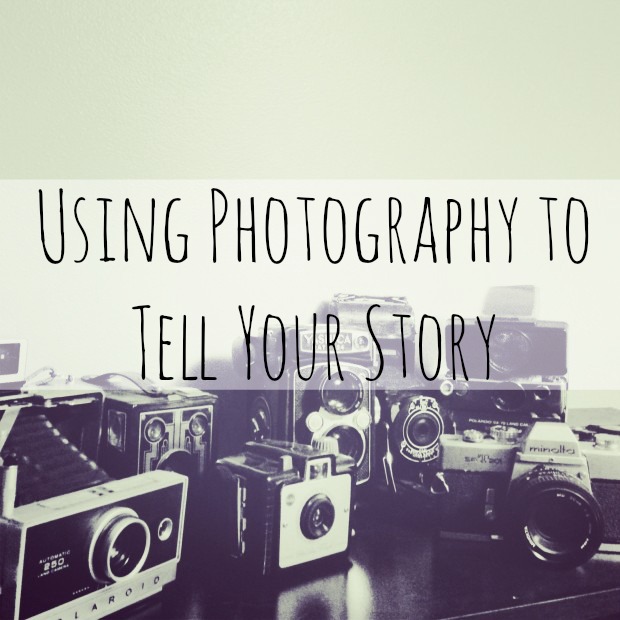
We all know that photography is all about light. Too much light, not enough light, how to find light. Light is what makes a good image. So why are we talking about light in a post about aperture and shutter speed? Well, these are the two functions that control the light coming into the camera.
We will start first with aperture.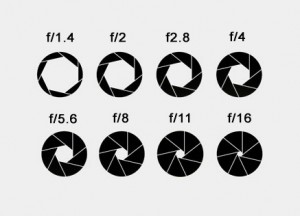
The APERTURE is a mechanism inside your camera that opens and closes when the shutter is pressed down (when a photo is taken). Aperture plays two roles here.. Establishes how much light is being let into the camera as well as establishes the depth of field for the photo.
First light.
The larger the aperture remains open, the more light enters the camera.
The smaller (or more tightly) the aperture closes down, the less light enters the camera.
The settings the aperture opens are called F-STOPS and here’s the confusing part. The larger the opening (more light), the smaller the number and the smaller the opening (less light), the higher the number.
For example: f1.4 (small number) would mean the aperture is WIDE OPEN (more light)
F 22 (large number) would mean the aperture is CLOSED DOWN (less light)
Next Depth of Field.
Basically depth of field in the simplest of terms is how much of the photo in IN FOCUS and how much of the photo is OUT OF FOCUS (blurry).
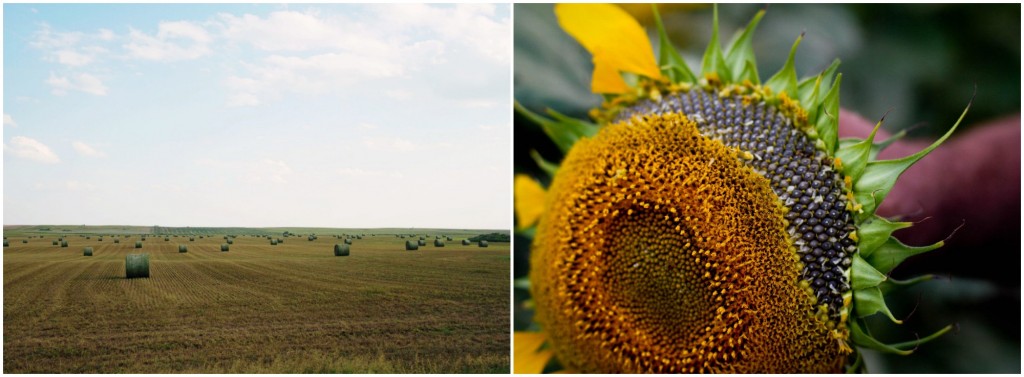
A low or shallow depth of field would mean a higher aperture and in turn a smaller number. For example, the shallowest depth of field you can achieve on most lenses is f1.4. At f1.4 there will be a very small part of your photo in focus and the rest of the image will be out of focus or blurry.
A large or wide depth of field would mean a lower aperture and in turn a larger number. For example, the largest depth of field you can achieve on most lenses is f22. At f22 nearly every element of your photo will be in focus and none of the image will be out of focus or blurry.
So to sum it up… a larger aperture lets in more light but also narrows your depth of field or focus and would be a number like f2.8.
A smaller aperture lets in less light but also opens up your depth of field or focus and would be a high number like f22.
Got it? Good.
Now we will move onto shutter speed.
When you push down to take a photo, most often times you will actually her a “click”. This is the SHUTTER working inside your camera. The shutter speed tells the camera how long to leave the shutter open when you are taking a photo. SHUTTER SPEED is fairly simple as it makes a little more sense than the aperture.
The longer the shutter stays open, the more light will enter the camera.
The shorter the shutter stays open, the less light will enter the camera.
Shutter speed is measured in fractions of a second and seconds. And in terms of numbers, the larger the number, the quicker the shutter is going to open and close. The smaller the number, the more slowly the shutter is going to open and close.
For example, a shutter speed of 1/500 (one five hundredth of a second) would open and close the shutter much quicker than a shutter speed of 1 second.
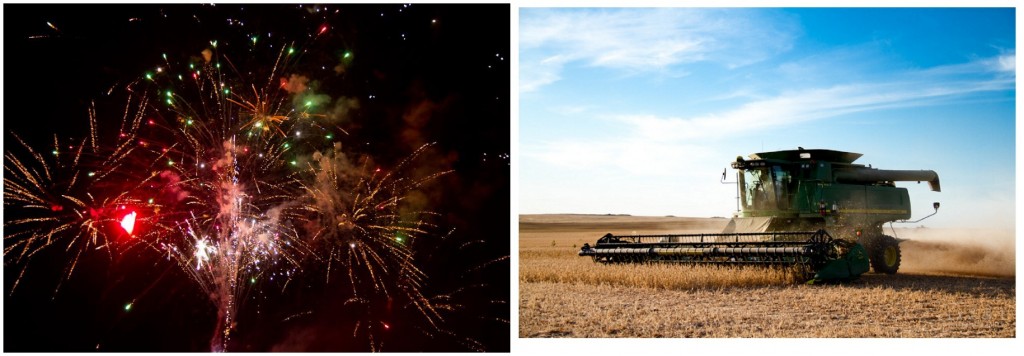
The faster the shutter, the more you will be able to freeze motion, say for example, your child in a football game. If you shutter speed was set to 1/1000 of a second, you would capture the action without any sort of blurring of the moving subject.
The slower the shutter, the more blurred the moving subject will be. For example, you set your shutter speed to 1 second, your kid playing football would be a blurred figure across the frame since he is moving quite the distance in the time it took for one second to pass.
So if aperture controls light, why do we need shutter speed? How do the two work together?
The two work together to create what we call exposure. Exposure is the tri-fecta of aperture, shutter speed, and ISO (we will talk about next week) all working together to create a perfectly lit photo.
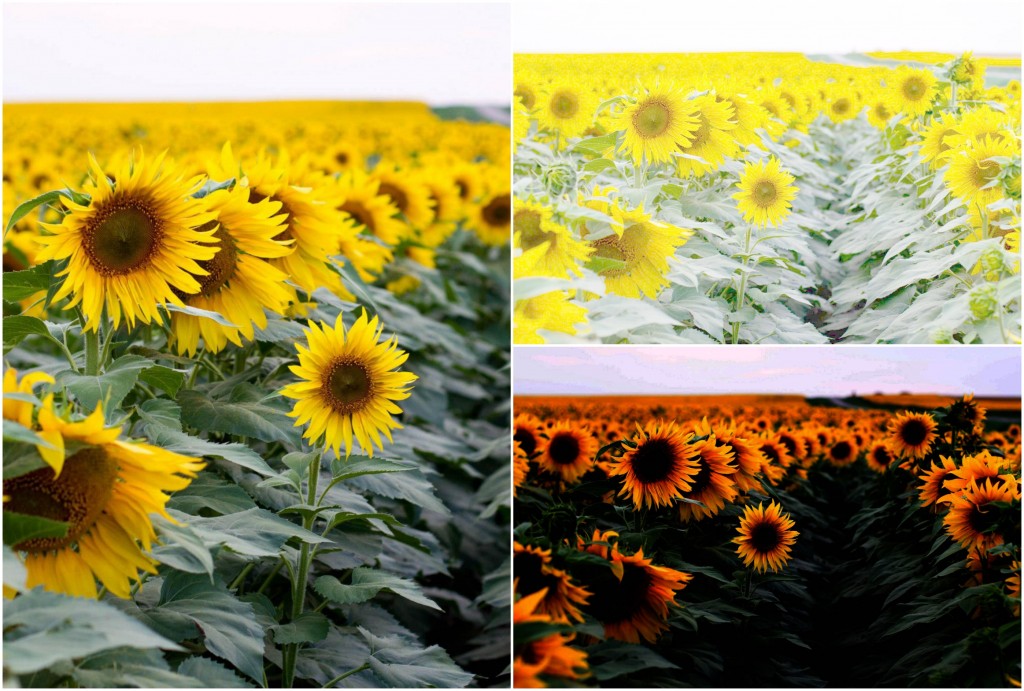
When your photo is too light (say your shutter speed is too slow OR your aperture is too wide), it is called OVEREXPOSED (or blown out) and usually results in a white image.
When your photo is too dark (say your shutter speed is too fast OR your aperture is too small), it is called UNDEREXPOSED and usually results in a blackened image.
So let’s say you set your camera to a LOW number like f2.8, which is WIDE OPEN, and allows a lot of light to enter the camera, the shutter speed is going to have to compensate for that. Otherwise your photo will end up overexposed. Setting your camera for a faster shutter speed will allow you to balance out the light that the aperture is letting in.
So now let’s say you set your camera on a fast shutter speed like 1/1000, which allows in very little light, the aperture is going to have to compensate for that. Otherwise your photo will end up underexposed. Setting your camera on a wider aperture will let in more light and allow you to balance out the lack of light the shutter is stopping from entering the camera.
And vice versa.
So what’s the best way to test this?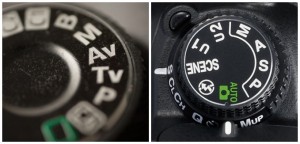
Use your camera on aperture priority (the Av setting for Canon, A setting for Nikon) OR use the Shutter Priority (the Tv setting for Canon, S for Nikon).
Using a priority method means that you only have to figure out one of the two. You set either aperture or shutter speed and the camera will figure out the rest. Before making the dive to full manual, I recommend using your camera in Aperture priority or Shutter Priority and WATCH what the camera is doing. When you narrow down the aperture, how does the shutter speed react?
When I first started in photography, I shot almost entirely in Aperture Priority mode. I like to have control of what was going to be in focus and what wasn’t going to be in focus versus how quickly or slowly my shutter was going to open and close.
After a while of watching how my camera reacted in Aperture priority mode, I switched over to Manual. Since I know how my camera reacted to different situations from watching it work in Aperture priority mode, it was easy for me to set it in manual and start shooting.
So my goal for you this week, grab your camera. Get it out of the Auto mode and try shooting in Aperture Priority or Shutter Priority mode. And if you are already shooting in one, actually WATCH how the camera is reacting to your settings. Then switch over to Manual and try to duplicate it.
You don’t get better at photography by just reading about it. You get better by taking these elements and implementing them into HOW you shoot. Practice, practice, practice is the key!


Jenny,
Great lesson! I just received a Cannon 7D as an anniversary gift from my husband! I am slowly but surely learning how to use it as my go-to, absolute favorite is my 1950’s Nikon film camera! I still go to the dark room on the U of Ill. campus and work once or twice a year! What I would like to achieve is shooting pictures using the sunlight. For example, if the sunlight is in the background – my subjects are too dark – it’s so tricky! I noticed you also like Susan Stripling’s page – I LOVE her work and would love to shoot pictures like hers (someday! hopefully I will be close to that!) – and she is amazing with lighting! What have you found that helps you? Do you have any tips? Maybe it’s just me! Thanks! -D
Author
Awesome! I LOVE my 7D! That is what I shoot with! It’s a heck of a camera! I have fallen in LOVE with film! I have several different film cameras and it’s really been what I’ve been focusing on lately! It really challenges me and pushes me to be a better photographer in general! I will be writing a post about lighting!! The different types of lighting and some items you can use to enhance natural light!! I won’t be delving into flash because I don’t use it! I’m an all natural light gal! 🙂 Should be I think 2-3 weeks from now!
I am so grateful that you are doing this series! Before I read this post, I had no idea what aperture was or how to change the shutter speed on my camera. I am going to take my camera off auto this weekend and play around. Thanks again, Jenny!
Author
YAY!! I LOVE it!! I love that this is inspiring people to get out and shoot! 🙂 I can’t wait to see how you do!! It’s so empowering to switch off auto and really start learning about how/why your camera works the day it does! Your photos will improve 100%!